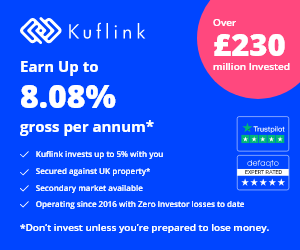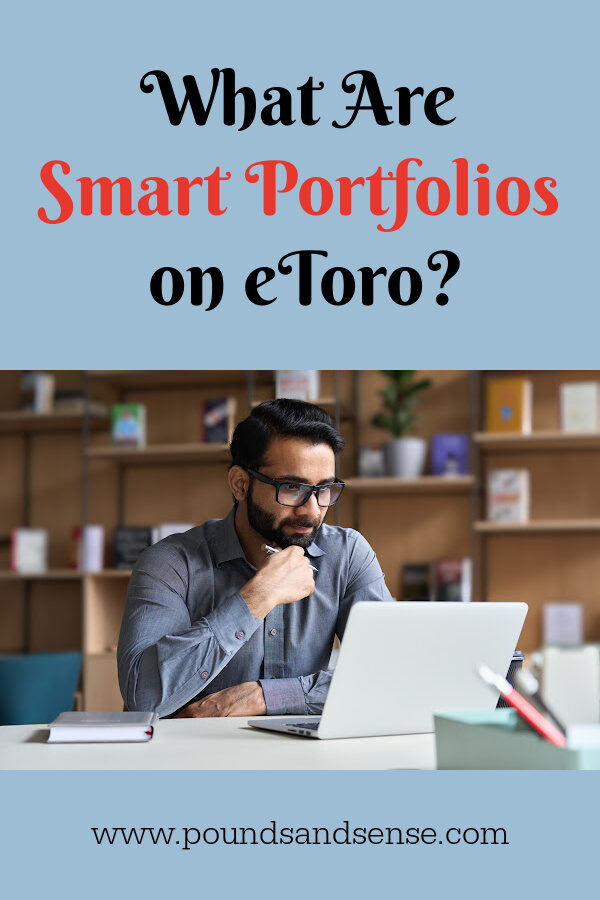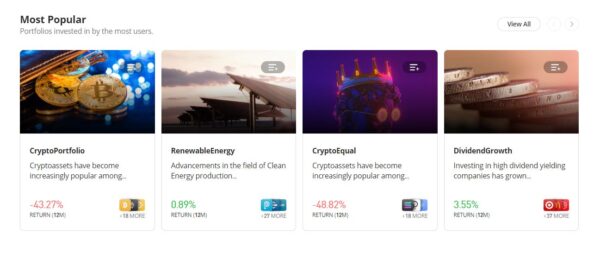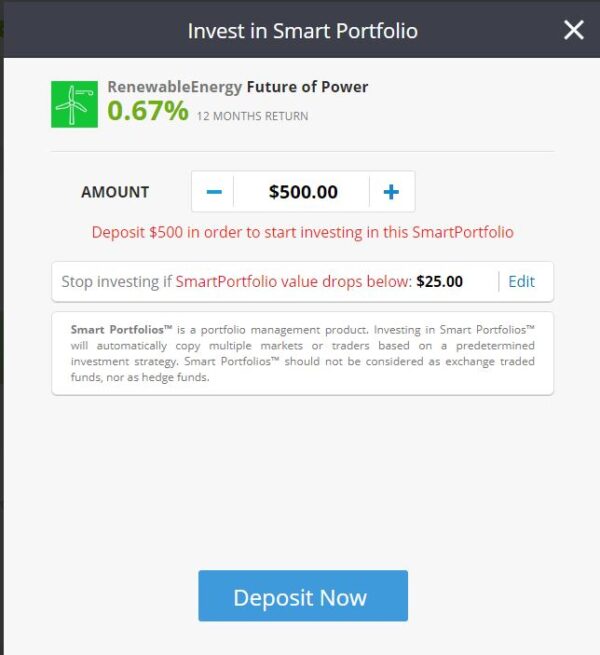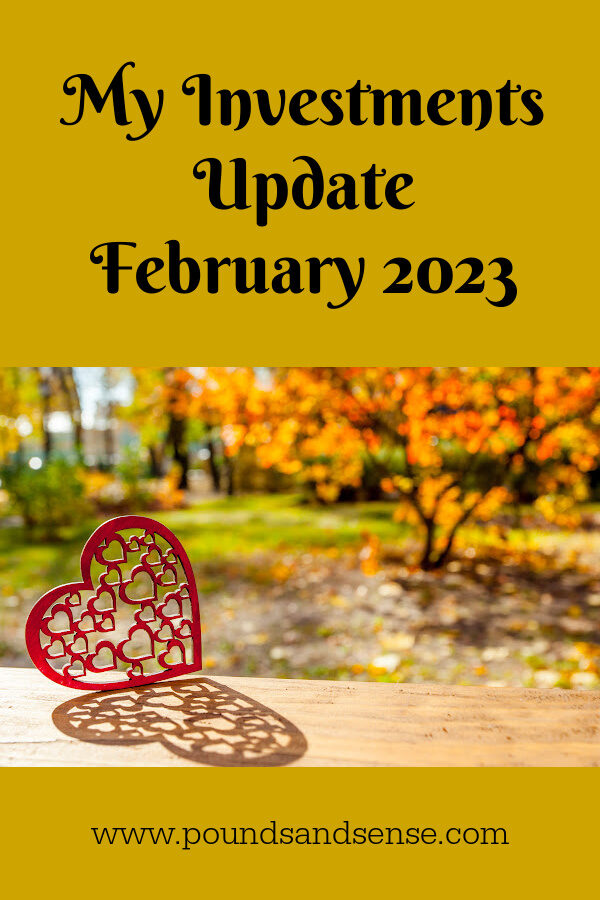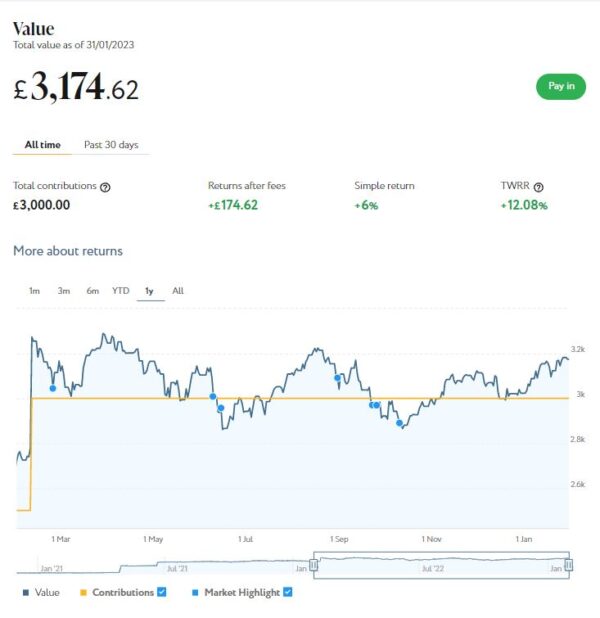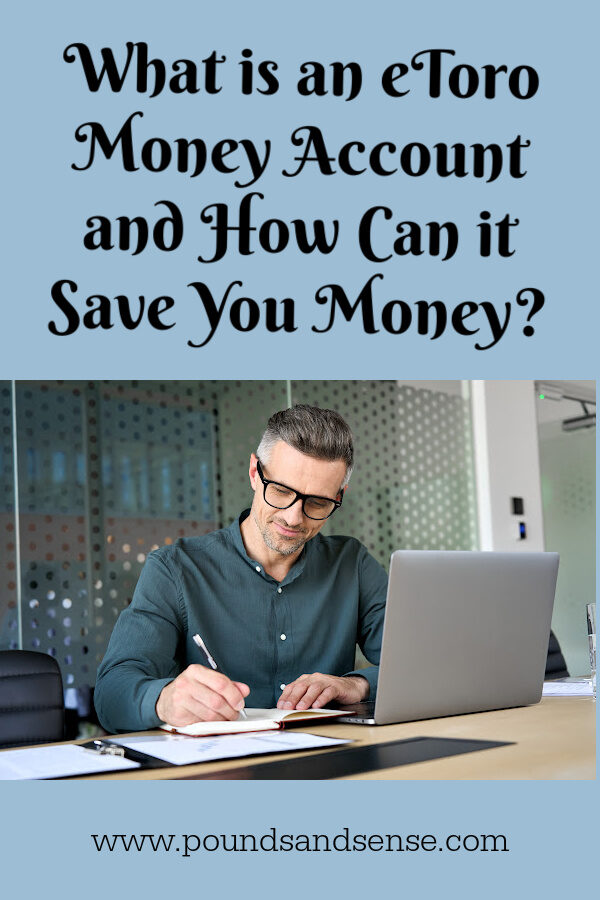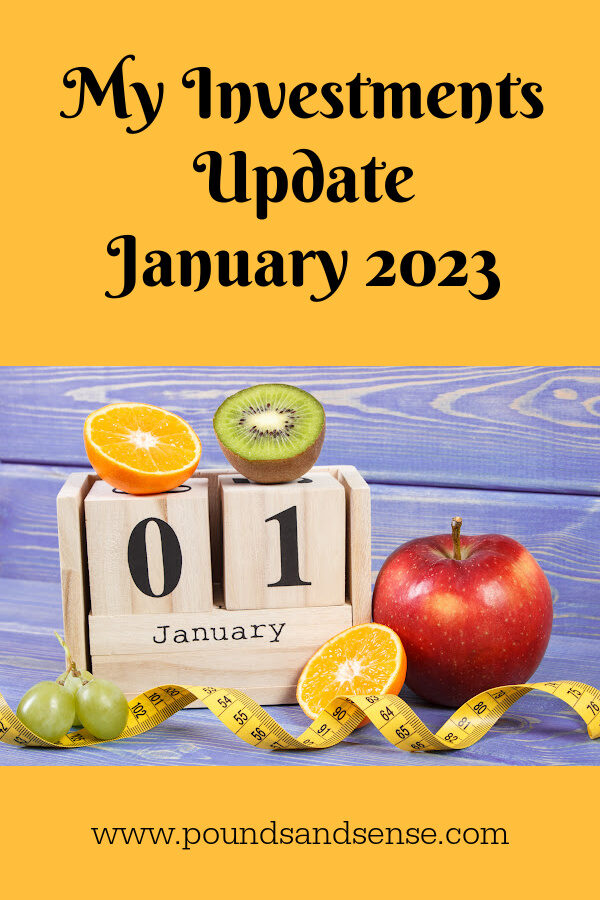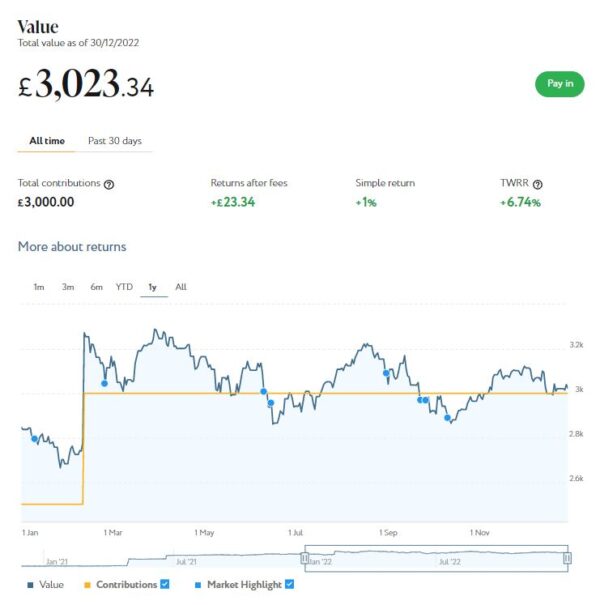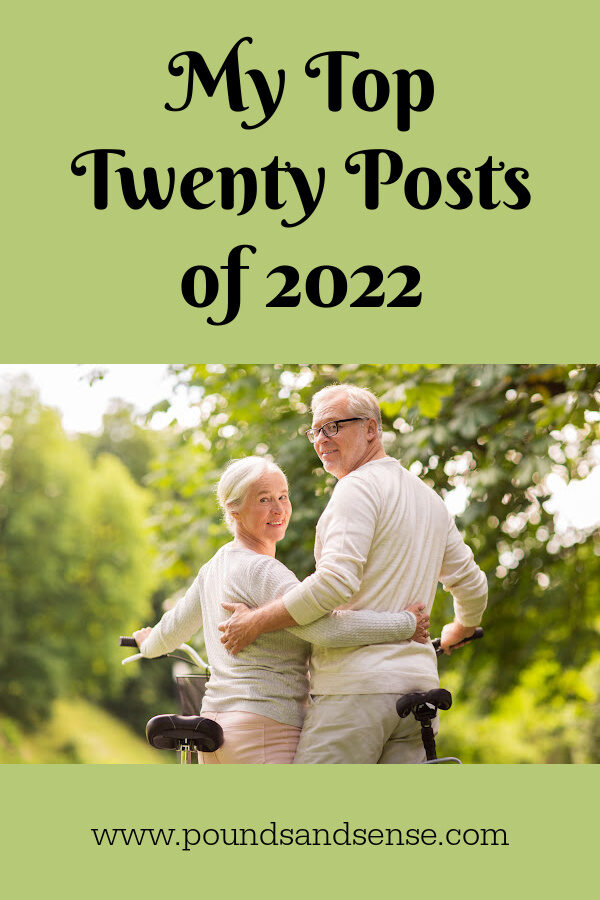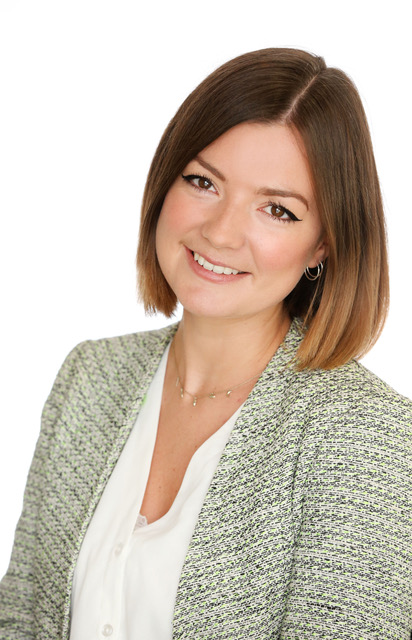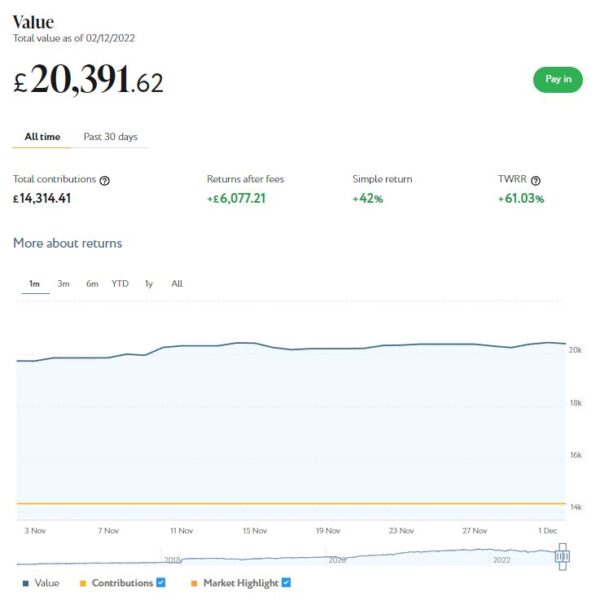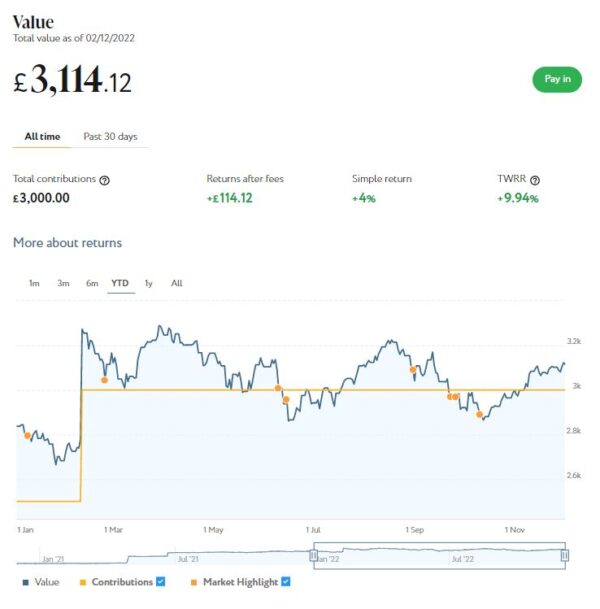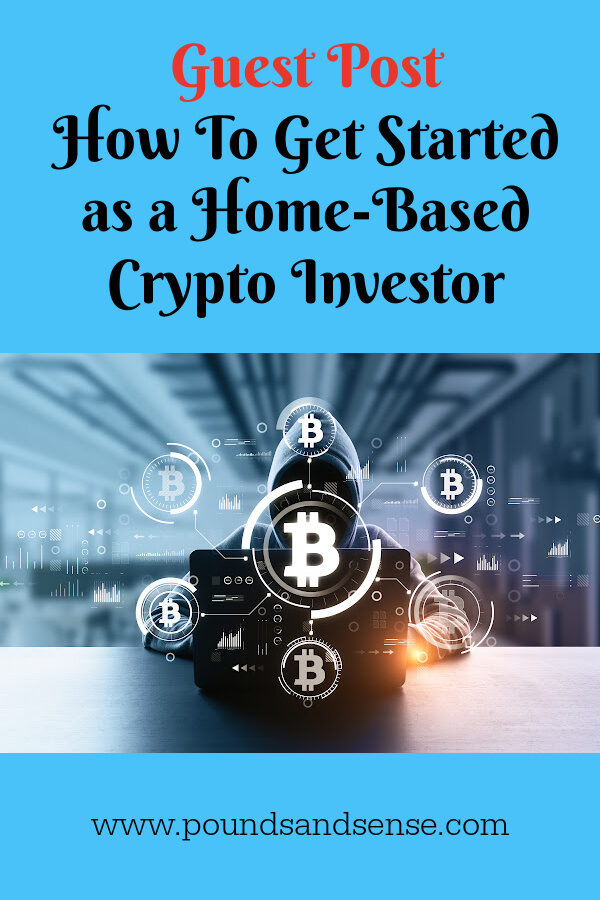Are You Making the Most of Your Annual ISA Allowance?
In just a few weeks (5th April 2023) it will be the end of the financial year. And that means if you want to make the most of your 2022/23 ISA allowance, you will need to take action soon.
As you may know, ISA stands for Individual Savings Account. ISAs are saving and investment products where you aren’t taxed on the interest you earn or any dividends you receive or capital gains you make. An ISA is basically a tax-free ‘wrapper’ that can be applied to a huge range of financial products.
With ISAs you don’t get any extra contribution from the government in the form of tax relief as you do with pensions. But – except in the case of the Lifetime ISA – you can withdraw your money at any time (subject to any rules about the term and notice period required) and you won’t be taxed on it.
Everyone has an annual ISA allowance, which is the maximum amount you can invest in ISAs in the year concerned. In the current financial year (2022/23) this is a generous £20,000.
There are four main ISA categories: Cash ISA, Stocks and Shares ISA, Innovative Finance ISA (IFISA) and Lifetime ISA (LISA). You can divide your £20,000 ISA allowance among these in any way you choose, though the most you can invest in a Lifetime ISA in a year is £4,000. Note also that you are only allowed to invest in one ISA in each category per year.
Let’s look at each ISA type in a bit more detail…
Cash ISA
Cash ISAs are like standard savings accounts, except the interest you receive doesn’t incur tax.
While interest rates for cash ISAs have been rising over the last few months, they are still pretty unexciting. According to the Money Saving Expert website, the best rate for an instant-access cash ISA is 2.91% with Shawbrook Bank. With inflation currently running at 10.1% that means even in the best-paying cash ISA your money will still be losing spending power when invested this way.
What’s more, the Personal Savings Allowance (PSA) means that basic-rate taxpayers can earn up to £1000 in savings interest without paying tax anyway (higher-rate taxpayers get a £500 tax-free allowance and additional-rate taxpayers earning over £150,000 a year nothing at all).
And as if that wasn’t enough, you can actually get higher rates of return from instant-access accounts that are NOT cash ISAs. For example, at the time of writing Money Saving Expert say the best rate on offer for an instant-access savings account is 3.11% from Cynergy Bank.
As a result of these things, cash ISAs have lost much of their appeal, unless perhaps you’re in the relatively small group of people who have to pay interest on their savings. But if interest rates continue to rise, they may of course become more attractive again. In addition, money invested in a cash ISA remains tax-free year after year, so if in years to come interest rates on cash ISAs rise, the benefit of having money in one will increase as well.
Nonetheless, I decided not to invest any of my ISA allowance in a cash ISA this year, as I have (in my view) better uses for my money. You might see this differently, of course 🙂
Stocks and Shares ISA
Stocks and shares ISAs are a good choice for many people saving long term. Over a longer period the stock market has outperformed bank savings accounts, often by a considerable margin. You do, though, have to expect some ups and downs in the value of your investments in the short to medium term.
You can opt for a standard stocks and shares ISA offered by a wide range of financial institutions and let them choose your investments for you. Alternatively you can use self-investment platforms such as Hargreaves Lansdown to choose your own investments from the wide range of shares and funds available.
- In recent years I have invested much of my own annual ISA allowance in a stocks and shares ISA with Nutmeg, a robo-manager service that has produced very good returns for me. You can read my in-depth review and article about Nutmeg here.
Innovative Finance ISA
IFISAs are on offer from a growing range of peer-to-peer (P2P) lending platforms. P2P platforms allow people to lend money to businesses and private individuals and get their money back with interest as the loans are repaid. If you invest in the form of an IFISA all the interest you receive from P2P lending is paid tax-free, otherwise it is taxed as income (though interest from P2P lending does qualify for the Personal Savings Allowance of up to £1,000 a year, mentioned above).
Peer-to-peer platforms generally offer more attractive interest rates than bank and building saving accounts (or cash ISAs) – from around 3% to 12% or more. They aren’t covered by the same guarantees as the banks and are therefore riskier, though. And if you need your money back urgently there may be delays and/or extra charges to pay.
Nonetheless, in the current climate of low-interest savings accounts and volatile stock markets, growing numbers of people are looking to IFISAs as a home for at least some of their savings.
One such option I have used myself is Kuflink, a P2P property investment platform. They offer an IFISA with automatic diversification over a 1, 3 or 5 year term (you can also choose your own self-select loans within an IFISA wrapper). Note that until 30 May 2023 Kuflink are offering an enhanced promotional rate of up to 9.73% a year (gross annual interest equivalent rate) for their Auto-Invest offers. You can read my full review of Kuflink here..
Another potential IFISA option (which I am using myself this year) is Assetz Exchange. They prioritize lower-risk property investments, which you can invest in through a self-select IFISA. You can read my full review of Assetz Exchange here.
Lifetime ISA
Lifetime ISAs or LISAs are a new-ish initiative from the government to encourage younger people to save. They do have one big drawback for many readers of this blog – you have to be under the age of 40 (though over 18) to open one.
LISAs are designed for two specific purposes: buying your first home and saving for retirement. How they work is that you can pay in up to £4,000 a year (lump sums or regular contributions) and the government will top this up with another 25%. As long as you open your LISA before the age of 40 you will continue to receive the bonuses on your contributions until you reach 50.
So if you pay in the maximum £4,000 in a year, the government will top this up to £5,000. If you pay in the full £4,000 every year from the age of 18 to the upper limit of 50, you will therefore get a maximum possible bonus from the government of £32,000.
LISAs are therefore somewhat different from the other types of ISA mentioned above, but nonetheless any money you invest in one comes out of your annual ISA allowance (currently £20,000). So if you pay the maximum £4,000 into a LISA this year, that comes out of your £20,000 ISA allowance, leaving you with ‘just’ £16,000 to invest in other sorts of ISA.
Your money will grow without any tax deductions in a LISA, and you can also withdraw without having to pay tax. However, there are certain restrictions. In particular, you can only use the money in your LISA for one of two purposes: paying a deposit on your first home or saving for retirement. While you can access your money for other reasons, you will then lose 25% of the total, including your own contribution and the government bonus along with any investment growth. That means in many cases you will get back less money than you put in.
Summing Up
The 2022/23 ISA allowance is a generous £20,000 and offers the potential to save a lot of money on tax, assuming you are lucky enough to have this amount to save or invest. But, very importantly, it cannot be rolled over. So if you don’t use your 2022/23 ISA allowance by 5th April 2023 at the latest, it will be gone forever. It is therefore important to attend to this now and ensure you get as much benefit as possible from this valuable tax-saving concession.
As always, if you have any comments or questions about this post, please do leave them below.
This is a fully updated post from last year.
Disclaimer: Please note that I am not a professional financial adviser and cannot give personal financial advice. You should do your own ‘due diligence’ before making any investment, and seek professional advice from a qualified financial adviser if in any doubt how best to proceed. All investments carry a risk of loss.
Note, also, that posts on Pounds and Sense may include affiliate links. If you click through one of these and go on to perform a qualifying transaction at the website in question, I may receive a fee for introducing you. This will not affect any fees you may be charged or the product or service you receive.


